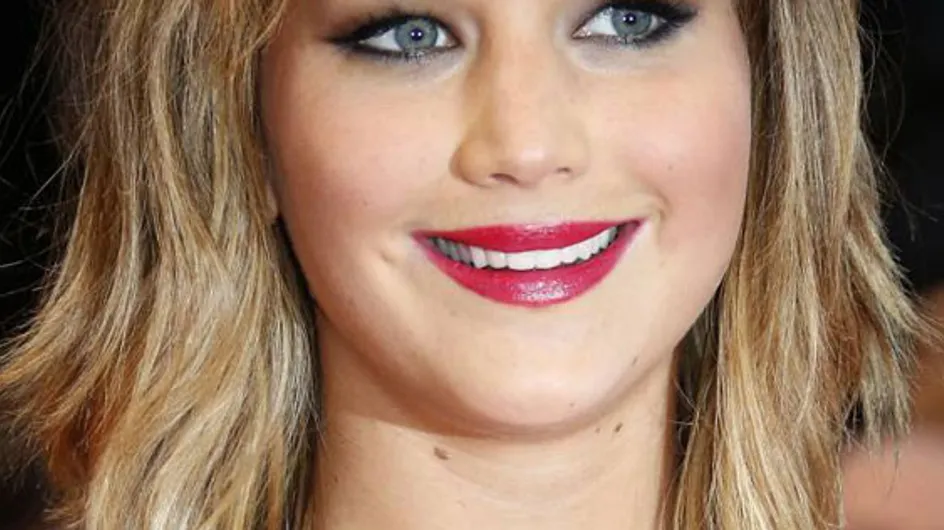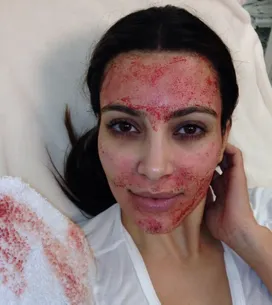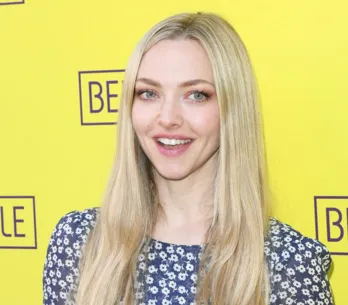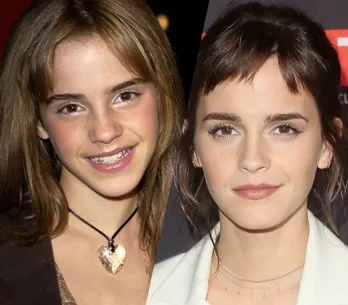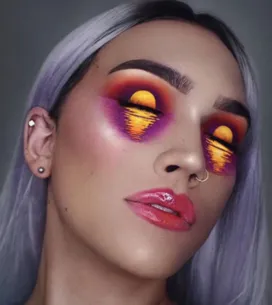If you dream of having multiple honied shades running through your hair like Jennifer Lopez or five shades of chocolate a la Kristen Stewart then highlights or lowlights are what you need to ask your stylist for.
Technique of lowlights and highlights
Lowlights and highlights are essentially partial colouring techniques, adding a different shade to certain strands of hair so your barnet ends up having depth, texture and various complementary hues.
The technique used differs from block colour hair dyeing and involves sectioning off the hair to target the parts you want transformed. This way you can have a multi-hued more natural looking finish.
Celebs like Jennifer Aniston and Jennifer Lawrence are great ambassadors for highlights and lowlights as their hair is always full of light and dark accents which adds body, movement and interest to their lush locks.
To achieve highlights your hairdresser will use a paste usually containing a bleaching agent and peroxide. They then apply it to the hair using a special brush and either foils (strips of foil or plastic used to separate strands of hair from the rest) or a cap (where hair is pulled through little holes - although this technique is more rare).
Unlike a full hair colour (usually called permenant or semi-permenant dyeing) you can choose to have a full-head or half-head of highlights. This means you can simply have the top of your hair dyed leaving the underneath natural - although if you wear your hair up a lot, then this doesn't look great.
You can also have a T-section or infills done to maintain the look as your roots begin to show. This means only a small section of the roots on the top of your head are re-dyed. This makes maintaining your look a little cheaper.
Why have highlights or lowlights?
Highlights or lowlights are perfect if you want to give your barnet a bit of a colour boost, they're also a great way to start off dyeing your hair for the first time as you retain some of your natural shade too.
They allow you to have a sun-kissed effect with lighter strands running through your hair in a just-back-from-holiday hue.
They're also great for lighting up the face; illuminating and injecting life into your hair's colour can work wonders for your skin tone! It's advised to have them done before the summer to prevent the colour changing after exposure to the sun.
Note that lowlights and highlights aren't the same as streaks, which can be also done with a special cap or foil. Streaks have a larger, more blocky effect on the hair than lowlights and highlights and are much more noticeable - the benefit of highlights and lowlights is that they have a really natural finish.
Lowlights versus highlights
Lowlights involve darkening strands of hair by using colours that are darker than your natural colour. In contrast, highlights use colours that are lighter than your natural shade.
What's the difference between lowlights/highlights and classic hair dyeing?
Lowlights and highlights produce a more subtle result than would be achieved through dyeing hair a block colour or adding streaks. They're less radical, damage hair less and give your barnet a more natural finish.
Who can consider lowlights and highlights?
People with all hair types can have lowlights and highlights, whether it's straight, curly or frizzy.
On curls, this technique gives more depth and on the straightest of hair, it gives the illusion of more volume.
It's true that blonde lowlights and highlights are a big trend but more chocolatey tones are also very popular - think Kristen Stewart or Mila Kunis.
As well as the classic lowlight/highlight technique, there are variations to play with too. "Dip-dye" hair colour, which involves lowlights on the roots and highlights on the ends, is one trend that keeps on going - and is a fun way to play with colour - just check out Olivia Palermo!
What to avoid
- Lowlights/highlights don't work that well on very short hair. If hair's too short, it won't create the effect of depth and volume you want, rather it can end up looking messy and disconnected.
- Avoid going over the top with lowlights/highlights. An average of 4 top ups per year is reasonable. Any more than that and you risk damaging your hair.
Check out these blonde to brown hair transformations!
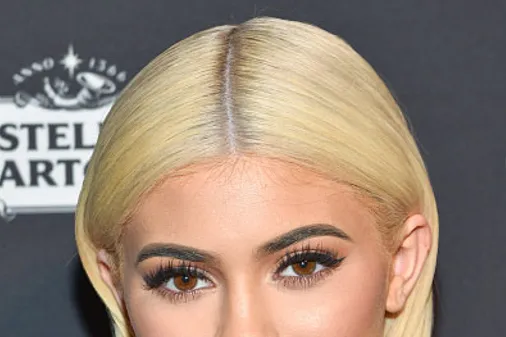 © Getty
© Getty
